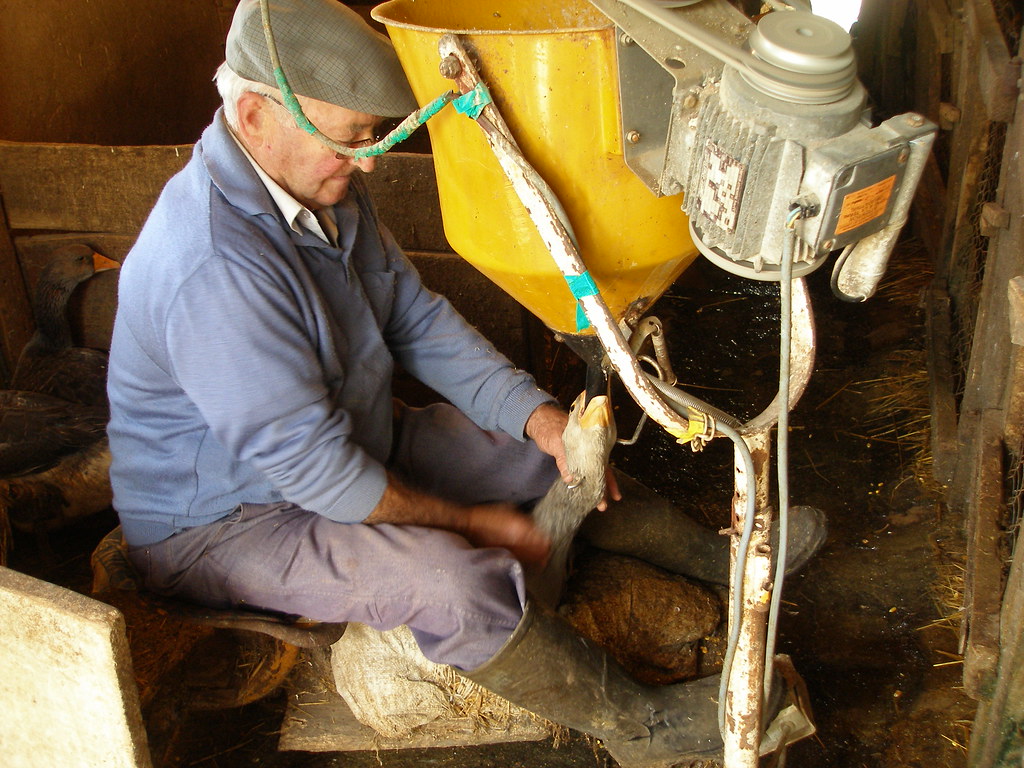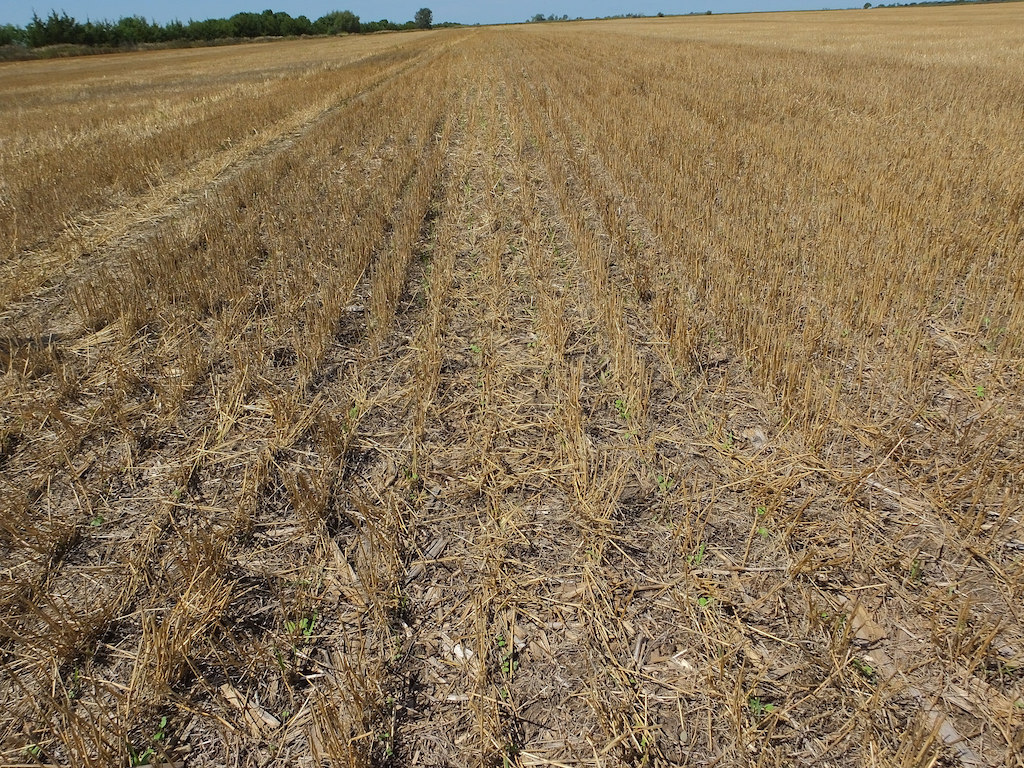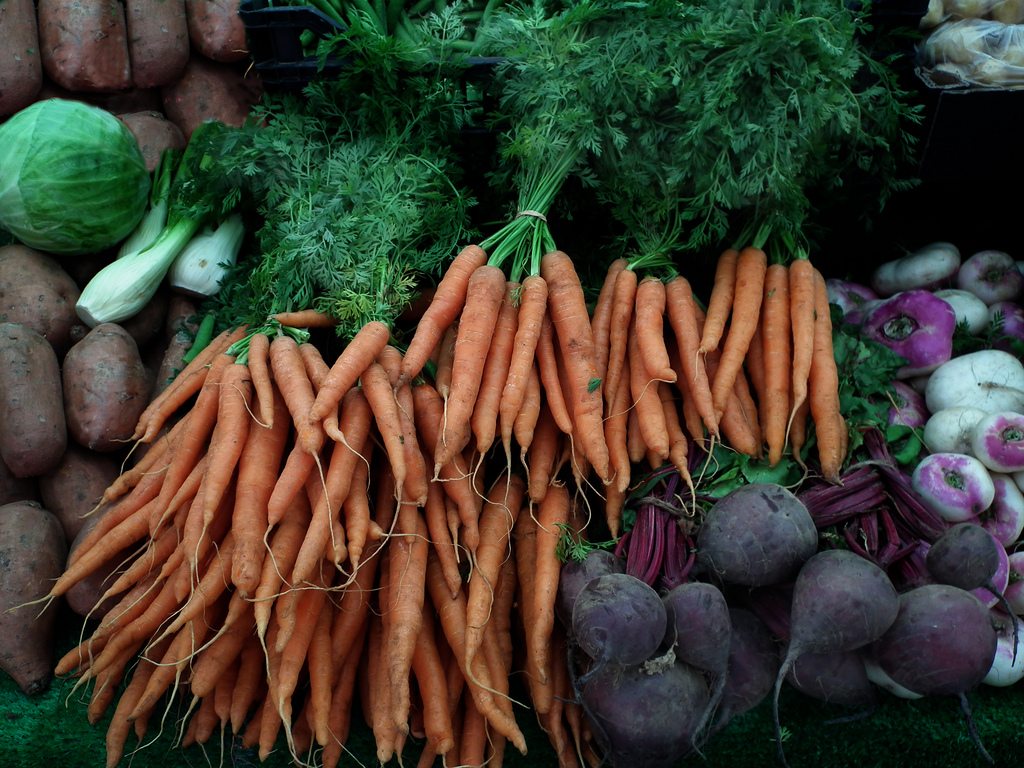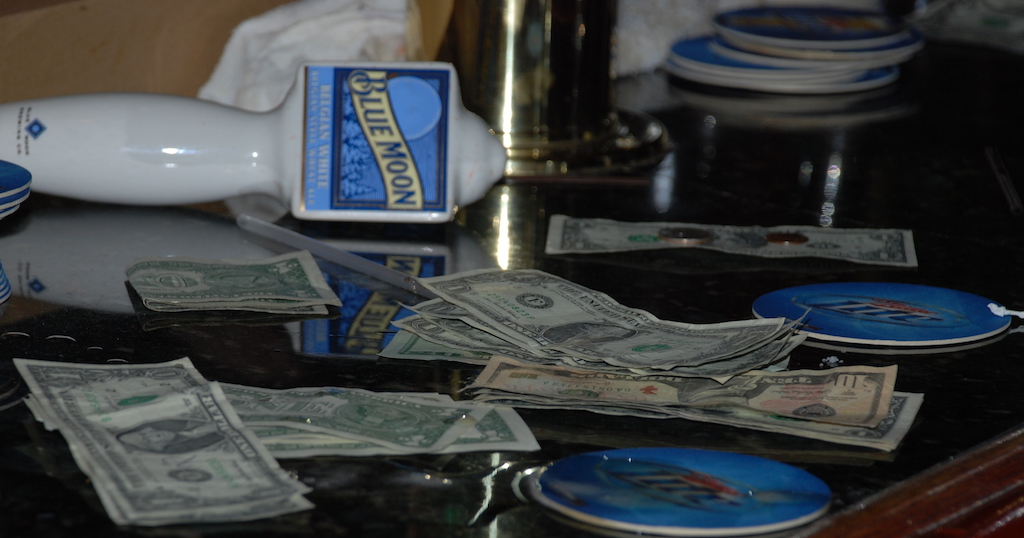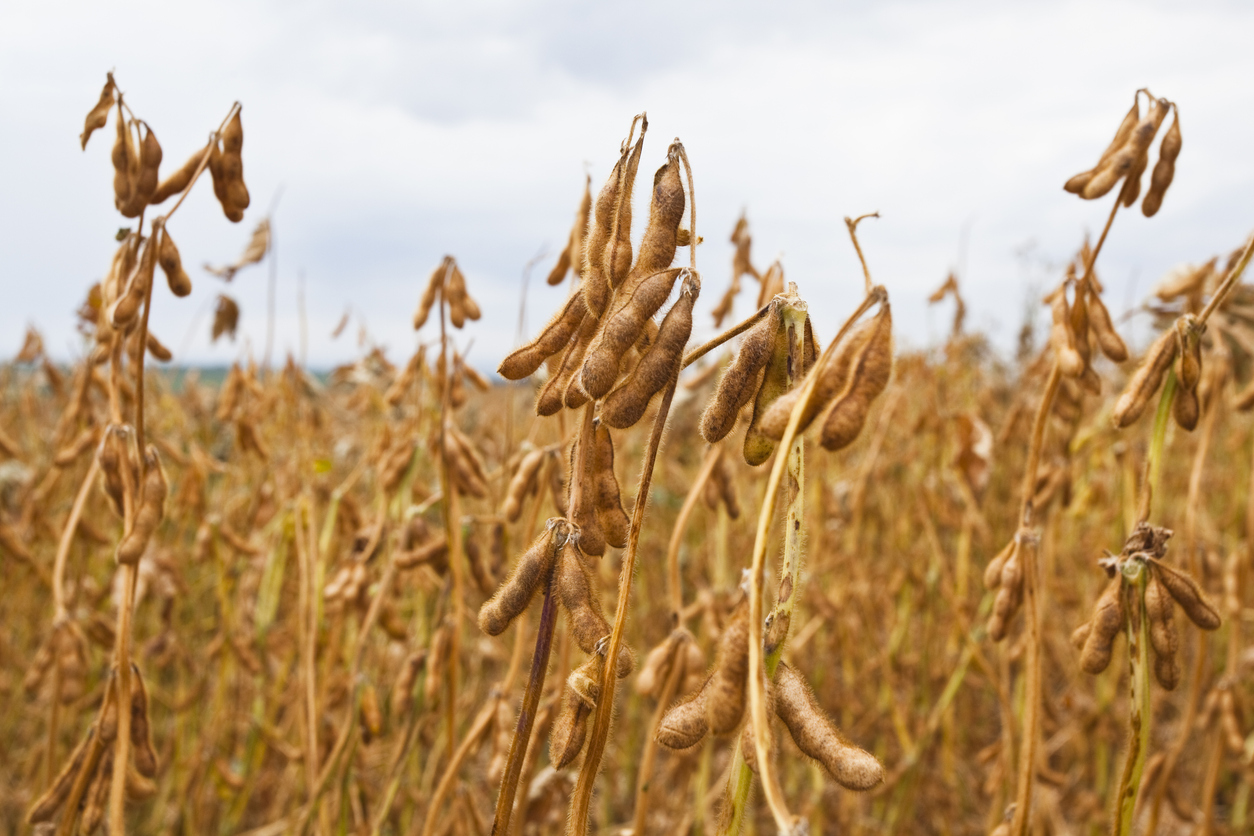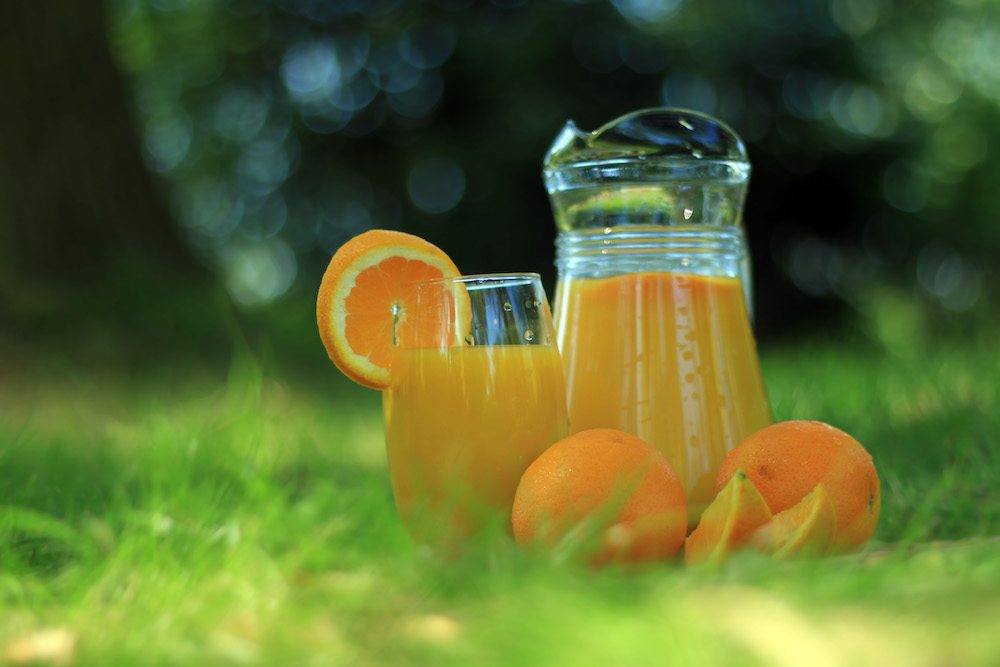New York City wants to ban foie gras, and duck farmers aren’t happy about it. A bill sponsored by Carlina Rivera, a city councilwoman who represents Manhattan neighborhoods, would prohibit the sale of the delicacy, and levy fines of up to $1,000 to businesses that violate the ban.
“What I am trying to do is put forward a bill that would end this practice and create a more humane New York City to live in,” said Rivera, during a City Council committee hearing in June. The animal welfare bill, which specifically targets “force-fed products,” is co-sponsored by the majority of the council.
 Jeffrey Kittay
Jeffrey Kittay There are only three farms that raise foie gras in the United States, and two of them are in Ferndale, New York, a rural community in the Catskills, 90 miles outside of New York City
Animal rights activists, as well as many armchair observers, say that’s inhumane, and that the process of force-feeding the ducks with a funnel-like device—called gavage—traumatizes the animals. The process also diseases their livers, and can cause health complications. All that, they say, for a luxury product, available to a select few. Less than 1 percent of New York City restaurants serve foie gras, Rivera told the New York Post.
There are alternatives—like, for example, free-range geese in Spain that naturally gorge themselves on acorns, olives, figs and seeds, before flying south for the winter, that are favored by Dan Barber. Critics say that isn’t a commercially viable option for many reasons, including the variation in liver sizes. When ducks aren’t force-fed, their livers may expand by only two or three times, and may not be fatty or heavy enough for purists.
The proposed ban in New York City would follow a similar statewide prohibition in California, and one that existed briefly in Chicago. A statewide ban in New York has been introduced several times in recent years in the state legislature, the Wall Street Journal reports, while Philadelphia has also considered it. England, Germany, Israel, and several other countries have banned foie gras production.
The bill’s opponents say claims that foie gras production is inhumane are dated and flawed. In an op-ed in Crain’s, Ariane Daguin, the co-founder of D’Artagnan, a gourmet foods distributor which does a brisk foie business, pointed out that a detailed scientific study concluded that the product is “non-pathological and non-harmful,” and stress indicators were “hardly affected” during force-feeding.
During the contentious council hearing, Andy Wertheim, the president of D’Artagnan, said his company and its 280 employees would “not be able to recover” from the ban. The company sells about $15 million worth of foie gras in New York City, The Wall Street Journal reported, making his company the state’s largest distributor of the product.
 Jeffrey Kittay
Jeffrey Kittay A feeder, seated on stools inside the pens, holds and steadies a duck between his knees, as if giving medicine to a pet. Then, he guides a rubber tube down the throat, releasing the feed until a part of the esophagus, known as the crop, swells up.
Izzy Yanay, the vice president of Hudson Valley Foie Gras, urged city council members to visit his farm before passing legislation that would cause him to lose one-third of his annual sales—around $12 million, according to figures reported by Crain’s. Representatives from the local county legislature were there to bolster their opposition to the ban, the effects of which, they contend, would put several hundred local residents out of work.
So far, none of the city council members have taken up his offer, but that didn’t stop Yanay from opening up his 200-acre property, where he processes more than a half-million Moulard ducks every year, to interested media and Sullivan County legislators earlier this month.
During the tour, Marcus Henley, a farm manager, explained that about 10,000 day-old ducklings arrive weekly from Canada, and are raised indoors for 12 weeks. After that, ducks are sent to pens, where they’re force-fed a grain mix three times a day, during a 20-day feeding cycle.
A spokesman for Rivera told Crain’s she has no plans to visit Hudson Valley Foie Gras because she has “concerns regarding the validity of the tours.” Though it’s not clear when the council will vote on her bill, when it does, it’s sure to pass, as it’s already endorsed by 28 of 51 members.
